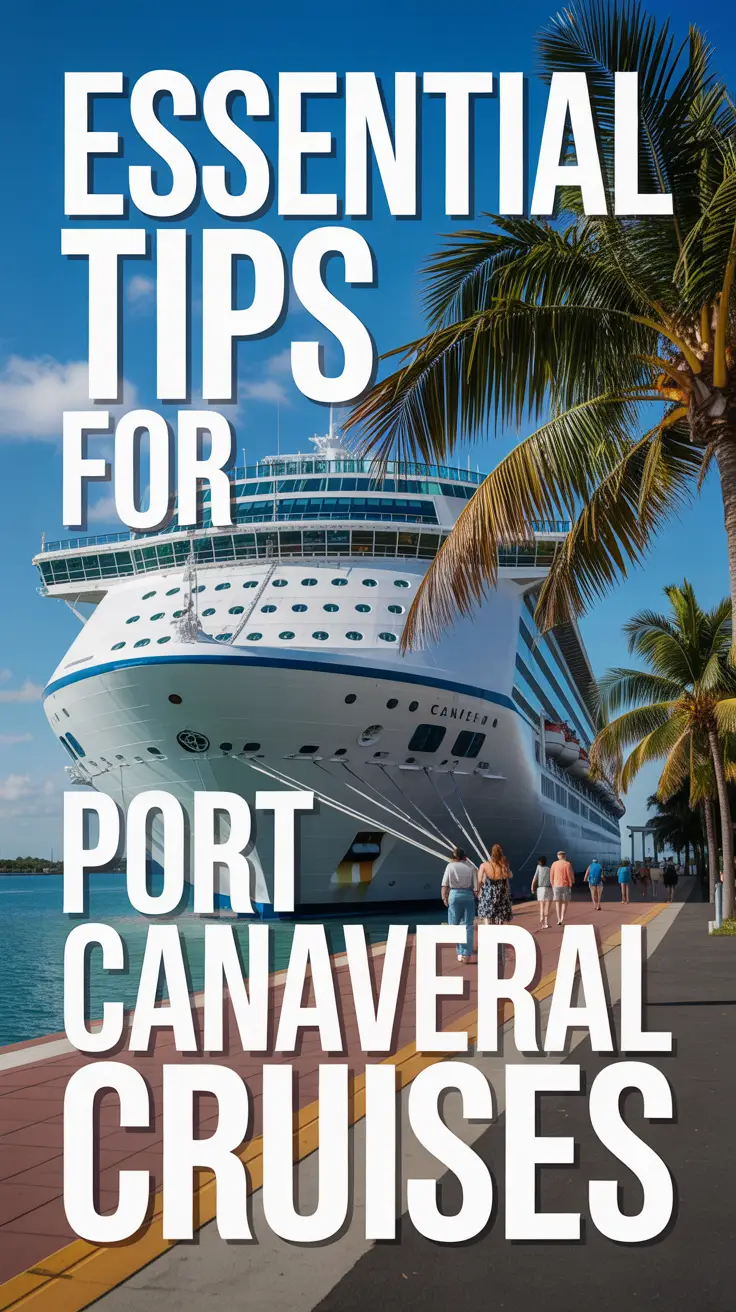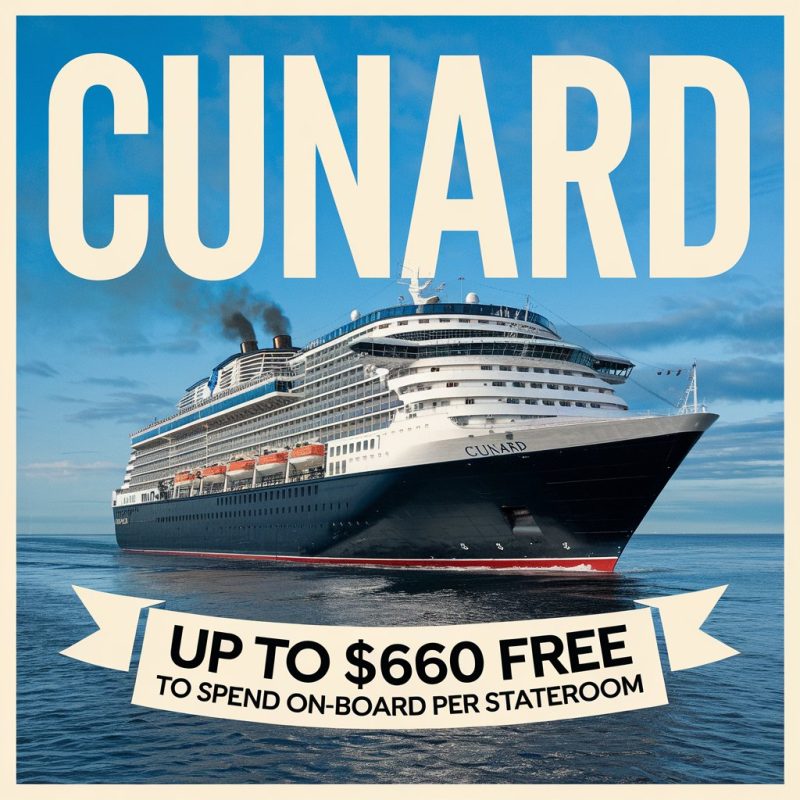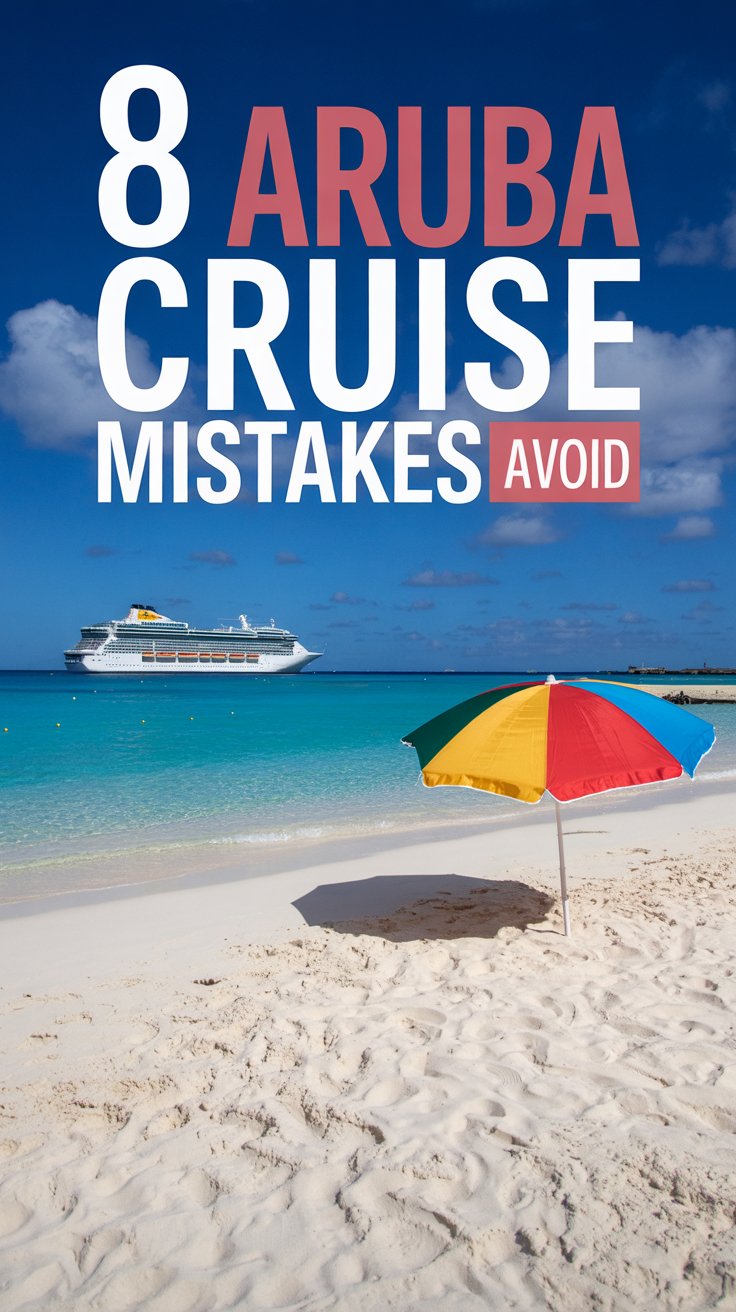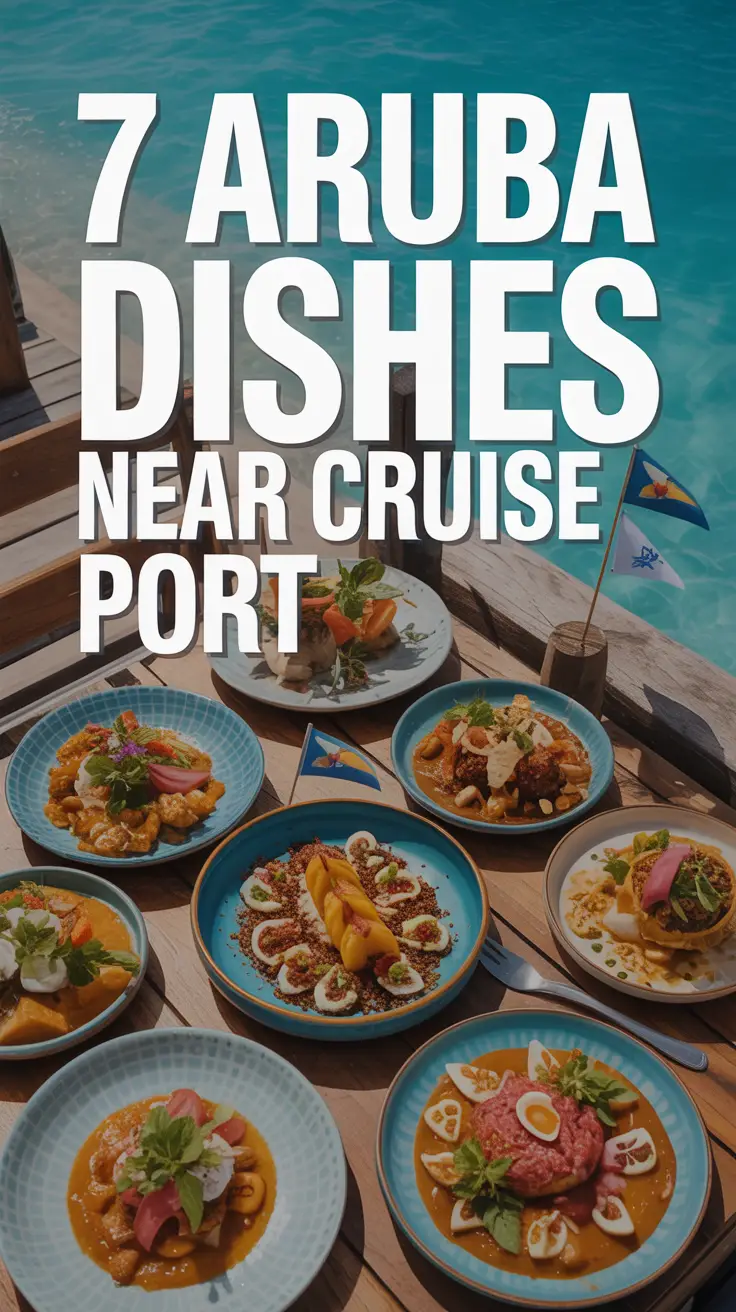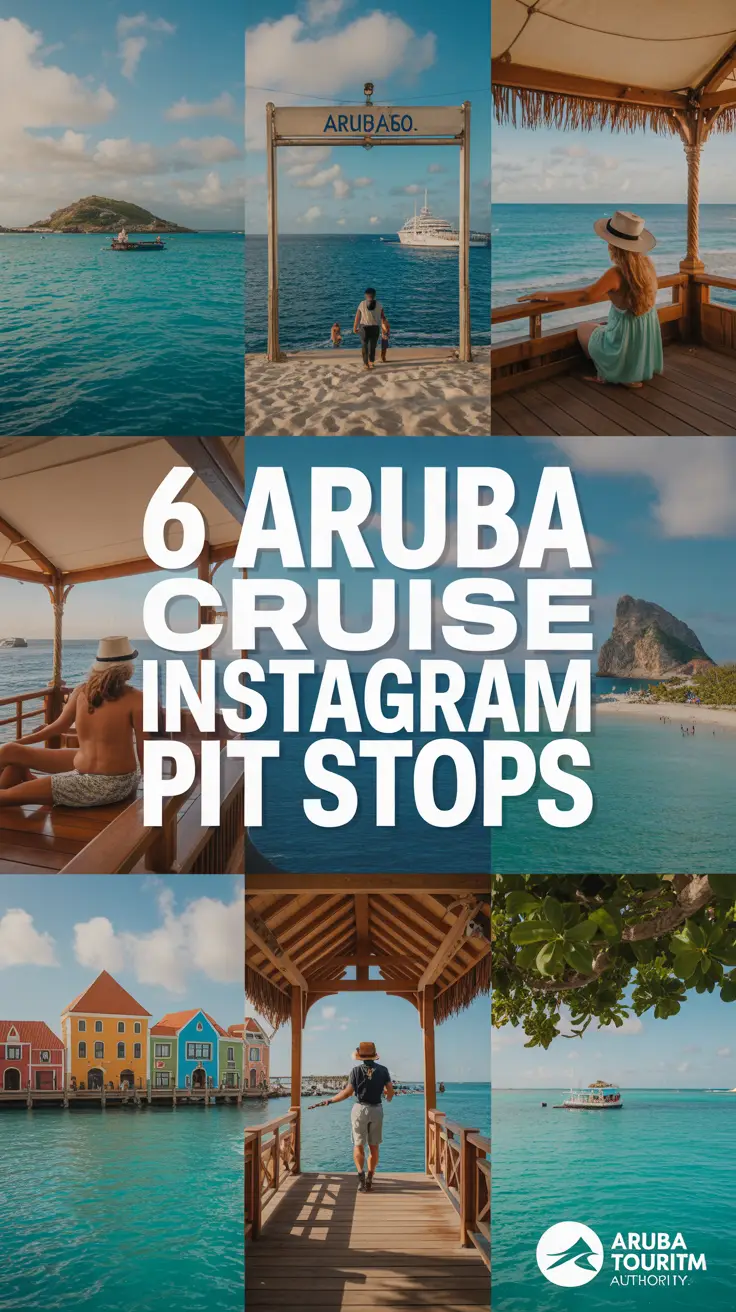Port Canaveral serves as America’s second-busiest cruise port, hosting millions of passengers annually. Key considerations include arriving 24 hours early, understanding the port’s massive size, booking parking in advance, and knowing that security resembles airport procedures. The port offers excellent dining and shopping while you wait. For comprehensive information about all Florida cruise terminals, check out our Florida cruise ship port guide.
1. Arrive at Least 24 Hours Early (Seriously)
Orlando’s unpredictable traffic and flight delays have crushed more cruise dreams than a rogue wave. The port doesn’t hold ships for late arrivals, and watching your floating hotel sail away while you’re stuck in I-4 traffic ranks among life’s most expensive heartbreaks. Book a nearby hotel and treat it as part of your vacation investment. Our guide to the best hotels near Port Canaveral with shuttle service can help you find the perfect pre-cruise accommodation.
2. Port Canaveral Is Absolutely Massive
This isn’t your quaint New England fishing village. Port Canaveral spans over 2,100 acres and houses multiple cruise terminals. GPS sometimes gets confused here, so download the official Port Canaveral website map beforehand. The wrong terminal means a panicked sprint with luggage across what feels like half of Florida. For detailed information about each terminal, consult our ultimate Port Canaveral terminal guide.
3. Parking Reservations Are Non-Negotiable
Showing up without a parking reservation during peak season is like arriving at Disney World expecting no crowds on Christmas Day. Port Canaveral offers several parking options:
- Terminal parking garages (most convenient, most expensive)
- Economy lots with shuttle service
- Off-site parking facilities (cheapest option)
Book parking when you book your cruise, not when you remember you need somewhere to leave your car. Discover money-saving parking alternatives in our Port Canaveral parking secrets guide.
4. Security Screening Rivals Airport Procedures
Pack your patience along with your sunscreen. Port Canaveral’s security screening involves metal detectors, bag inspections, and sometimes additional screenings. Prohibited items include surge protectors (yes, really), candles, and anything remotely weapon-like. The confiscation bin tells stories of forgotten pocket knives and overzealous souvenir purchases. Learn what security won’t tell you in our comprehensive security guide.
5. The Weather Wild Card
Florida weather changes faster than a teenager’s mood. Port Canaveral sits directly on the Atlantic, making it susceptible to sudden storms, high winds, and the occasional hurricane threat. Ships may delay departure or alter itineraries based on weather conditions. Pack layers and flexible expectations. For optimal cruise timing, check our guide to the best times of year to cruise from Port Canaveral.
6. Terminal Dining and Shopping Exceed Expectations
Gone are the days of stale vending machine snacks while waiting to board. Port Canaveral’s terminals feature legitimate restaurants, craft beer bars, and shops selling everything from last-minute cruise essentials to Florida-themed souvenirs. The Shark Lounge in Terminal 1 serves surprisingly good fish tacos. For more dining options, explore our list of the best restaurants near Port Canaveral cruise port.
7. Embarkation Time Windows Matter
Your cruise documents specify boarding times for good reason. Arriving early doesn’t guarantee early boarding – it often guarantees longer waits in uncomfortable chairs. Follow your assigned time slot, and you’ll breeze through check-in while early arrivals contemplate their life choices in the waiting area. Learn how to skip the lines and board first with our insider tips.
8. Cell Service and WiFi Quirks
Port Canaveral’s massive metal structures create cellular dead zones that would make a cave jealous. Download boarding passes, store confirmation numbers offline, and screenshot important information before entering the terminal. The free WiFi exists but performs like dial-up internet from the Stone Age.
9. Luggage Logistics and Timing
Understanding Port Canaveral’s luggage system prevents vacation-starting stress. Drop off large bags curbside (with generous tips for porters), but keep essentials with you. Your room won’t be ready immediately, and swimming in formal wear loses its charm quickly. Consider investing in luxury cruise travel luggage designed specifically for cruise ship logistics.
| Luggage Type | Recommendation | Timeline |
|---|---|---|
| Large suitcases | Curbside drop-off | Delivered by evening |
| Carry-on bag | Keep with you | Immediate access |
| Day bag essentials | Swimwear, medications, documents | First few hours onboard |
10. Transportation Options Beyond Rental Cars
Rental cars aren’t your only option for reaching Port Canaveral. Rideshare services operate regularly, though surge pricing during peak embarkation times can shock your wallet. Shuttle services from Orlando airports offer reliable, cost-effective transportation. Some hotels provide free cruise port shuttles – ask when booking. For comprehensive transportation information, read our complete insiders guide to Port Canaveral transportation.
11. The NASA Kennedy Space Center Connection
Port Canaveral shares Merritt Island with NASA’s Kennedy Space Center, located just minutes away. Rocket launches create spectacular viewing opportunities but also generate massive traffic delays. Check NASA’s launch schedule when planning your cruise timing – you might witness history or get stuck in historic traffic jams. Explore the best Kennedy Space Center experiences for cruise passengers to make the most of your visit.
12. Tide and Weather Impact on Boarding
Low tides and high winds occasionally delay ship departures from Port Canaveral. The port’s channels require specific water levels for safe navigation, and Atlantic weather systems can create challenging conditions. Ships prioritize passenger safety over schedule adherence, so embrace flexibility when Mother Nature intervenes. Learn more about Port Canaveral weather secrets to optimize your booking timing.
13. Local Emergency Services and Medical Facilities
Cape Canaveral Hospital sits approximately 10 minutes from the port, providing peace of mind for travelers with medical concerns. The port maintains its own emergency services, but serious medical situations require mainland facilities. Travel insurance becomes especially valuable when considering potential medical evacuation costs. Understand what happens during Port Canaveral medical emergencies.
14. Currency and Payment Considerations
Port Canaveral operates in U.S. dollars, but international passengers should prepare for currency exchange needs. ATMs are available but charge premium fees. Credit cards work universally, though some smaller vendors prefer cash. Tip cruise porters in cash – they work incredibly hard and deserve proper recognition.
15. Post-Cruise Departure Strategy
Disembarkation at Port Canaveral requires strategy and patience. Express walk-off works for passengers carrying their own luggage and clearing their own accounts. Traditional disembarkation involves waiting for luggage tag announcements and can take several hours during busy periods.
“Port Canaveral processes over 4 million cruise passengers annually, making efficient planning essential for smooth operations,” notes Harbor Master Captain Sarah Mitchell. “Passengers who prepare properly enjoy seamless experiences, while those who don’t often face unnecessary stress and complications.”
Bonus Tips That Cruise Lines Won’t Tell You
- Bring a power strip without surge protection – Cruise ship electrical systems hate surge protectors, but everyone needs multiple outlets
- Pack magnets for metal cabin walls – Hanging space is premium real estate in tiny cruise cabins
- Download the port’s app – Real-time updates on traffic, parking availability, and terminal conditions
- Carry a small cooler – Perfect for medication requiring refrigeration and post-cruise snacks for the drive home
- Screenshot your parking location – Port Canaveral’s parking areas look identical after a week in the Caribbean sun
- Bring hand sanitizer – Cruise ships are floating petri dishes, and prevention beats vacation-ruining illness
For a comprehensive packing checklist, review our 20 must-pack items for Port Canaveral cruises, and equip yourself with quality luxury cruise travel accessories to enhance your voyage experience.
Common Questions
Do I need a passport for cruises departing from Port Canaveral?
Closed-loop cruises (departing and returning to the same U.S. port) accept birth certificates plus government-issued photo ID for U.S. citizens. However, passports provide crucial backup for medical emergencies requiring flights home from foreign ports. Learn about documents that can ruin your trip when cruising internationally.
Can I bring alcohol through Port Canaveral security?
Most cruise lines allow limited wine and champagne in carry-on luggage, but policies vary significantly between companies. Beer and hard liquor face stricter restrictions. Check your specific cruise line’s alcohol policy before packing.
How early should I book shore excursions through the port area?
Port Canaveral itself offers limited shore excursions, as it primarily serves as a departure point. However, Kennedy Space Center tours and local attractions book months in advance during peak seasons. Reserve early for guaranteed spots. Discover why booking independently saves hundreds.
What happens if my flight is delayed and I miss embarkation?
Ships don’t wait for delayed passengers, and cruise lines aren’t responsible for transportation costs to catch up with your floating hotel. Travel insurance covering missed connections becomes invaluable in these situations. Avoid the biggest mistakes first-time Port Canaveral cruisers make.
Port Canaveral represents the gateway to countless maritime adventures, from Caribbean paradise to transatlantic crossings. Proper preparation transforms potential stress into smooth sailing, literally and figuratively. The port’s efficient operations, combined with your insider knowledge, create the foundation for extraordinary cruise experiences. Every successful voyage begins long before you step aboard – it starts with understanding the journey’s first crucial steps on dry land. For complete Port Canaveral information, visit our comprehensive Port Canaveral cruise ship port guide.

